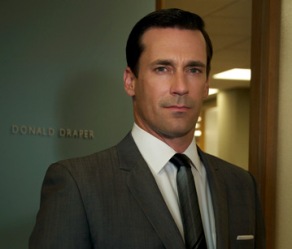 Positive Results From the Smart Use of Big Data Analytics (3rd in a Series)
Positive Results From the Smart Use of Big Data Analytics (3rd in a Series)
I recently spoke with several high level marketing executives about the near-ubiquitous topic, BIG DATA. The executives included Paul Golden, ex-CMO of Samsung Mobile, Barry Judge (ex-CMO of Best Buy, current CMO of LivingSocial, and Brad Todd, (Principal at The Richards Group). In this third installment, we review some of the results these executives experienced. Big data analytics was the key in making the information they had actionable to drive customer value.
Brad Todd has helped clients use their data in very sophisticated ways, by applying rigorous big data analytics. A home improvement retailer, for instance, has used information from their customers’ do-it-yourself projects to engage in helpful conversations with their customers. This type of engagement not only makes the customer feel valued, but very often leads to follow-on projects and increased customer loyalty. For instance, if a customer has planned a deck using online tools, the retailer can follow up with them at predicted intervals with suggestions and relevant offers to improve the likelihood of purchase.
The Richards Group also helps their clients integrate their marketing data and then apply big data analytics, with the objective of personalizing customer communications. They have seen improvements of 20% on average when website, email and remarketing channels are personalized to customers. The results are even greater—about 25% if cross-channel personalization occurs.
At Samsung Mobile, Paul Golden used longitudinal brand preference data to prioritize markets for their marketing efforts. He and his team tailored brand messages and tactics for eight key markets to improve brand preference versus a key competitor. The result was a swing from a relative score of -6 to +2 in overall brand preference, despite only focusing on eight key markets. Big data analytics allowed Samsung Mobile to cost-effectively determine which markets would swing the entire country’s brand preference score in their favor.
While CMO of Best Buy, Barry Judge and his team applied big data analytics to vast amounts of customer information to zero in on their highest value customers. They then tailored all their marketing to best serve those customers and increase their engagement. Knowing their customers and what their shopping habits allowed Best Buy to offer the most relevant products and offers to promote via email and direct mail. By focusing on their most loyal customers, they grew their loyalty even more and increased their share of wallet with these customers.
Big data can be a big deal in driving results for brands if used to improve customer interactions. Set objectives, determine what data is needed to achieve those objectives, compile and analyze the data, then translate it into something valuable for your customers.
Want to learn more about how to use big data analytics to improve business results? Click here.
And please feel free to leave any comments or questions below.



















